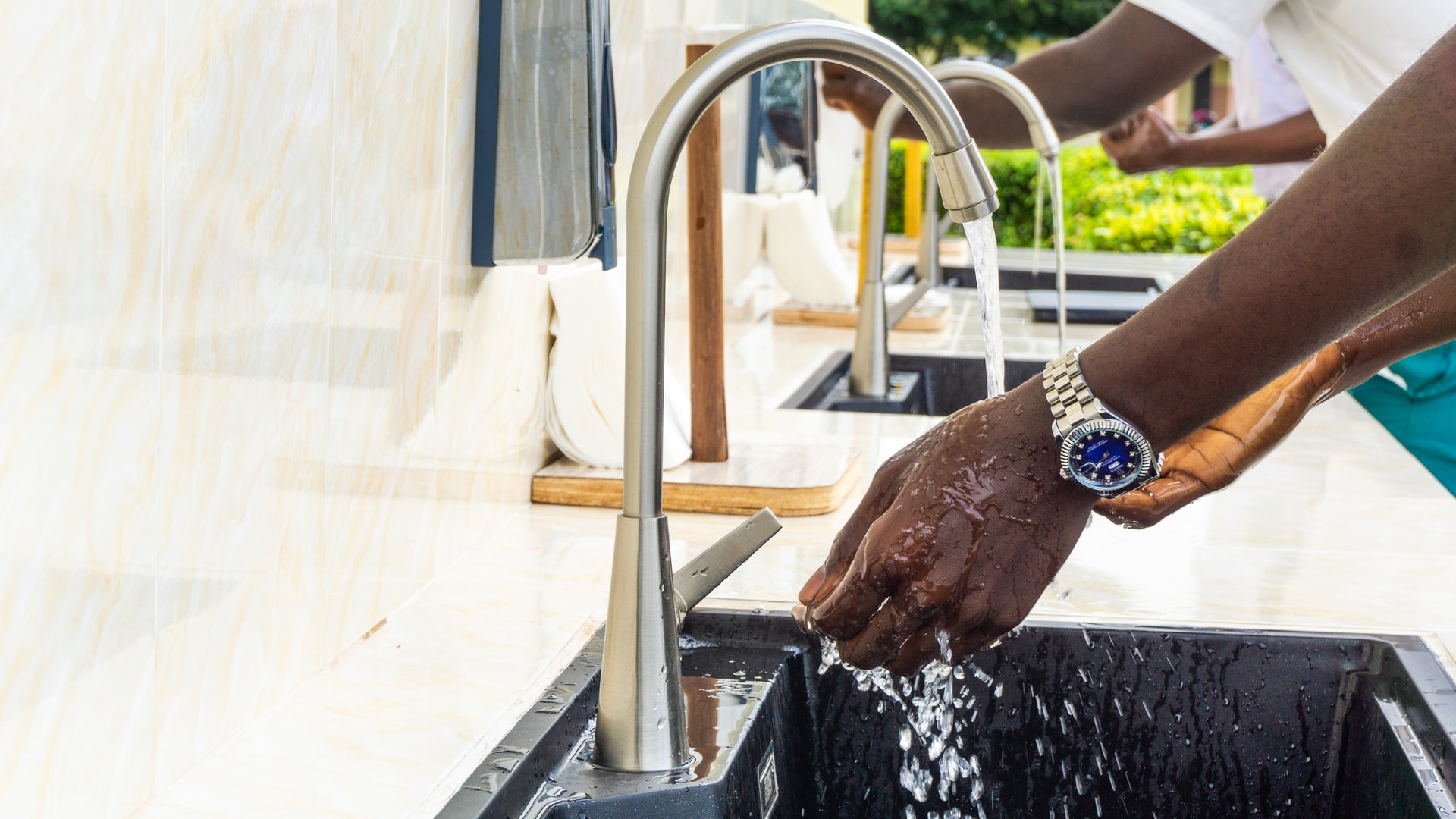Water Treatment
What is water treatment and installation?
Installations are usually about installing pipes or other water-related items in a home or business – for instance, gas logs require water lines that have to be installed as well as the installation of shut offs so you’re able to turn off your water supply if necessary without tearing up floors or walls (or pulling out plumbing fixtures).
What are the benefits of water treatment and installation?
On the side of health, water treatment and installation is beneficial because water will not be contaminated by bacteria or other contaminants.
What is the step-by-step process of water treatment and installation?
The next step is to determine what kind of filtration system would best serve your needs based on whether you are filtering for bacteria or minerals. A carbon block water filter will remove most harmful chemicals while an ion exchange resin water filter removes more chlorine than other filters by converting it back to salt ions that go unnoticed with taste buds but still provide clean drinking water from all contaminants like minerals and salts. These two systems work together as well because they both encourage healthy hydration habits with water filtration.
In the water treatment and installation process, water is typically filtered to make it cleaner before going through a water softener because water with high minerals will cause scaling on fixtures like shower heads or pipes that can lead to leaks over time as well as poor taste in drinking water.
The next step would be water conditioning if you have an excessive amount of hard water so the buildup doesn’t happen, but this isn’t always necessary depending on your filter type. The final steps are adding fluoride for dental health benefits and adjusting pH levels after installing a whole house carbon filter which may require some maintenance down the line due to fluctuations in mineral content from different sources including runoff from rain storms or fertilizer used near municipal wells according to UGA’s water quality reports.
What are the tools used for water treatment and installation?
